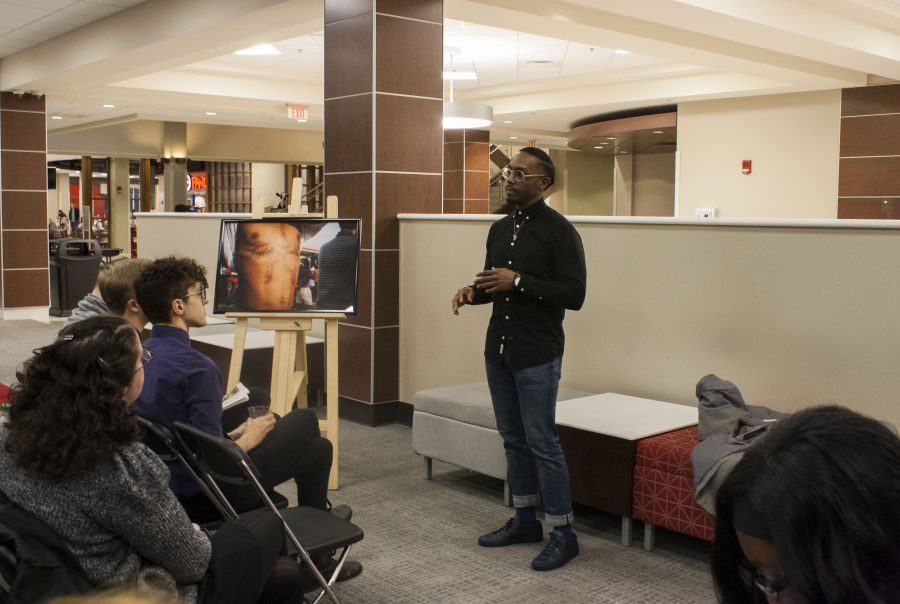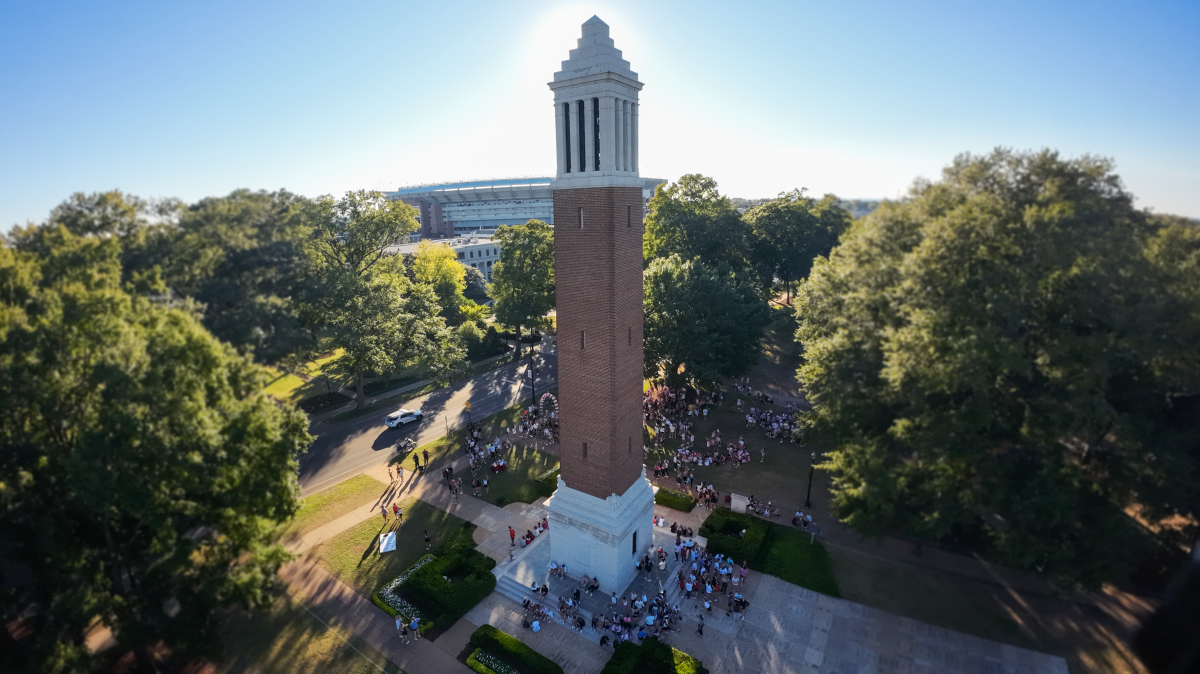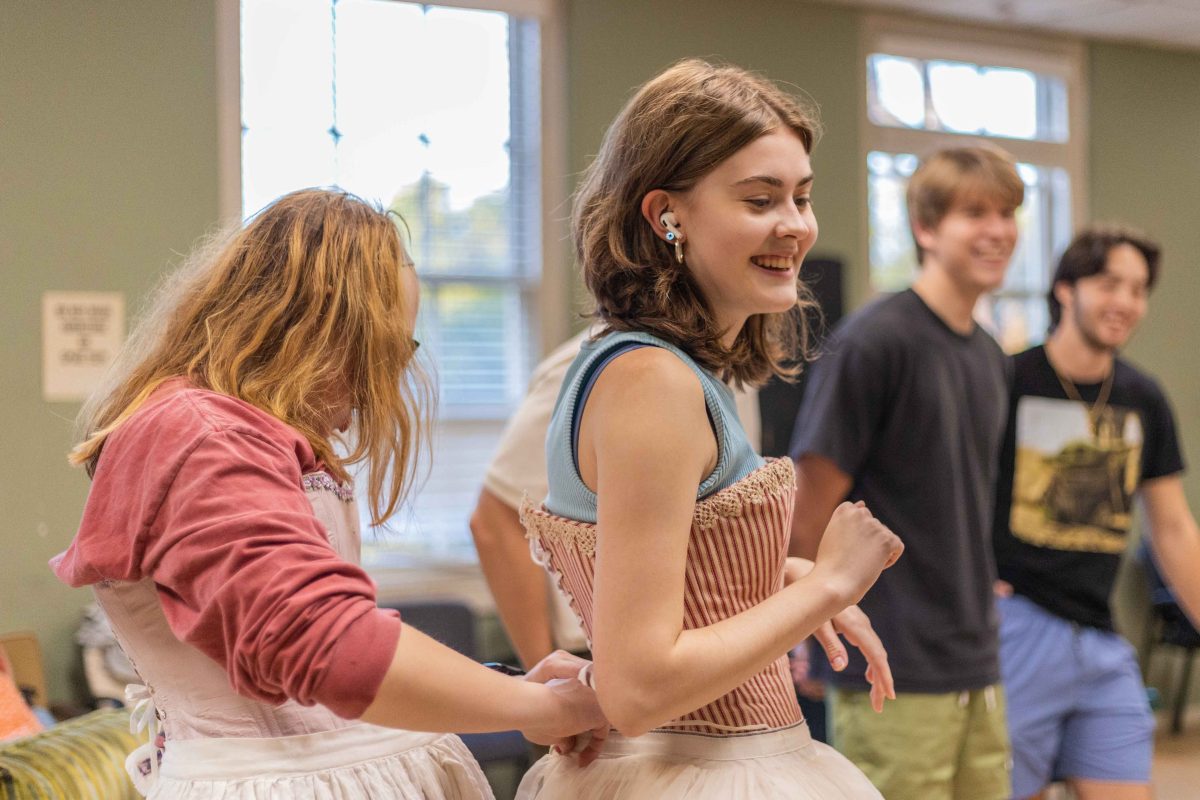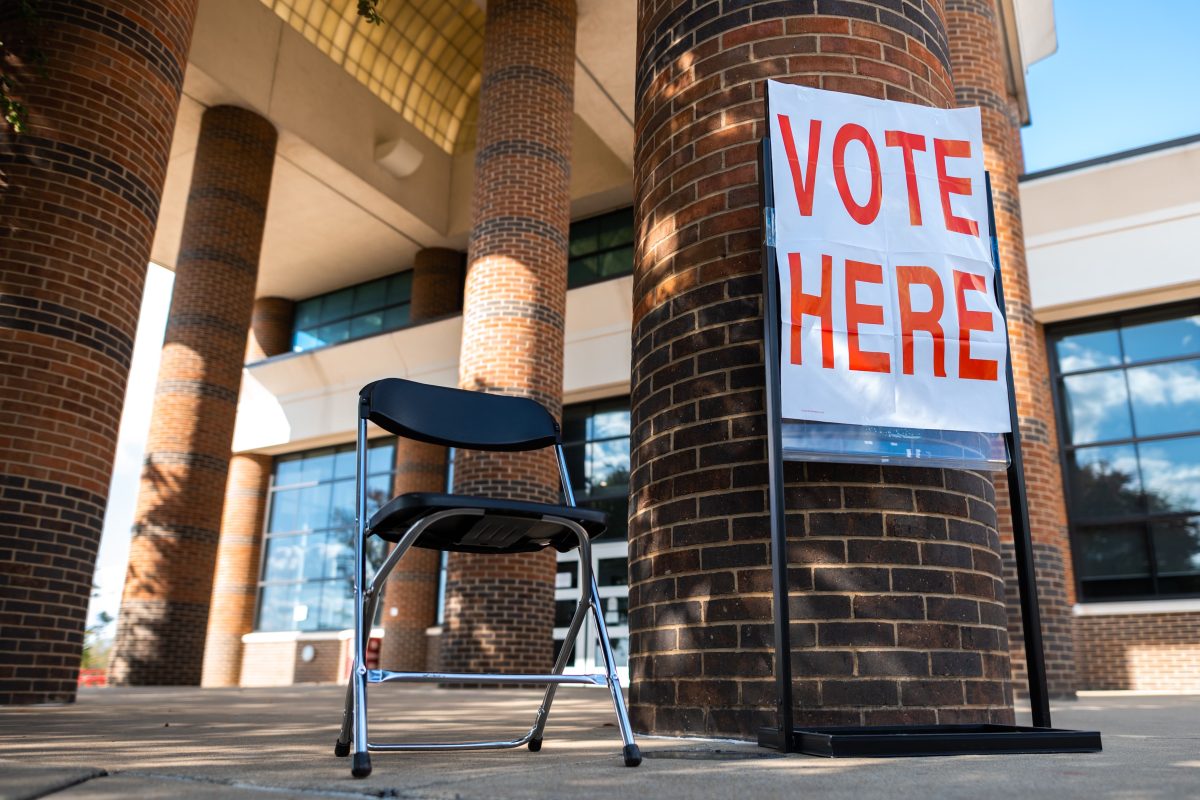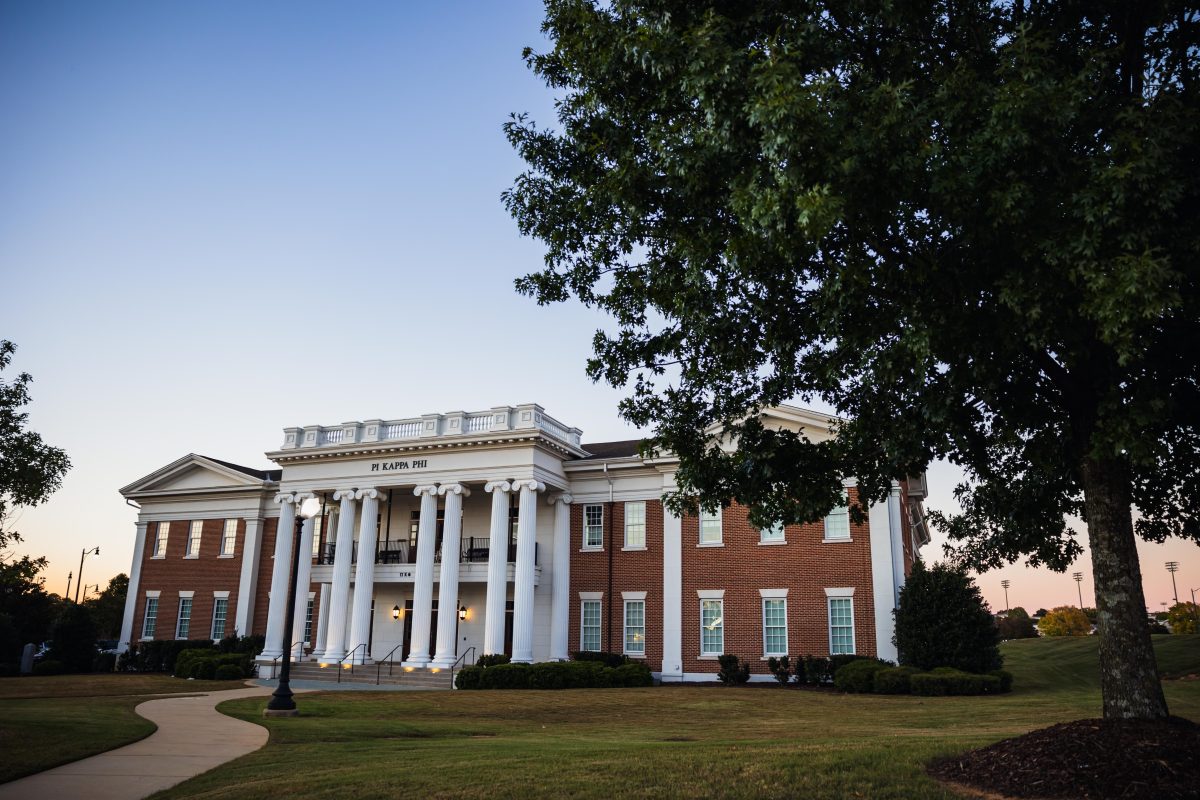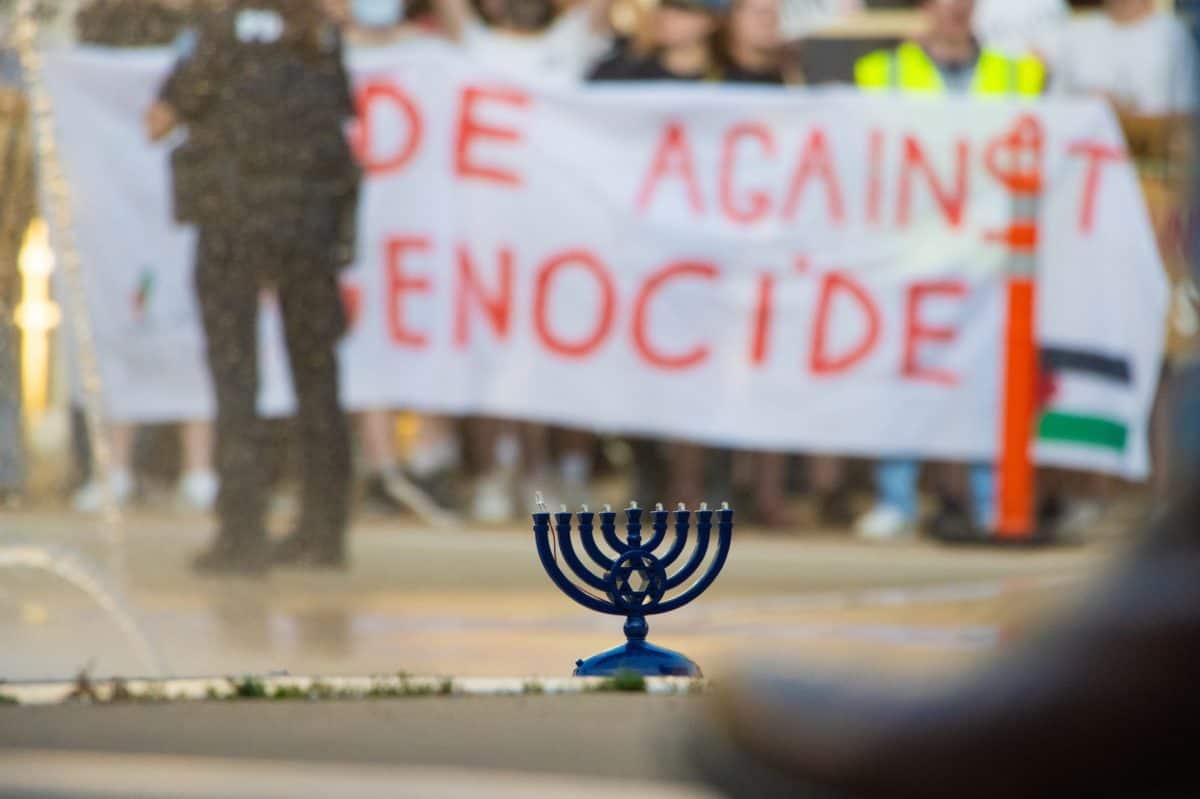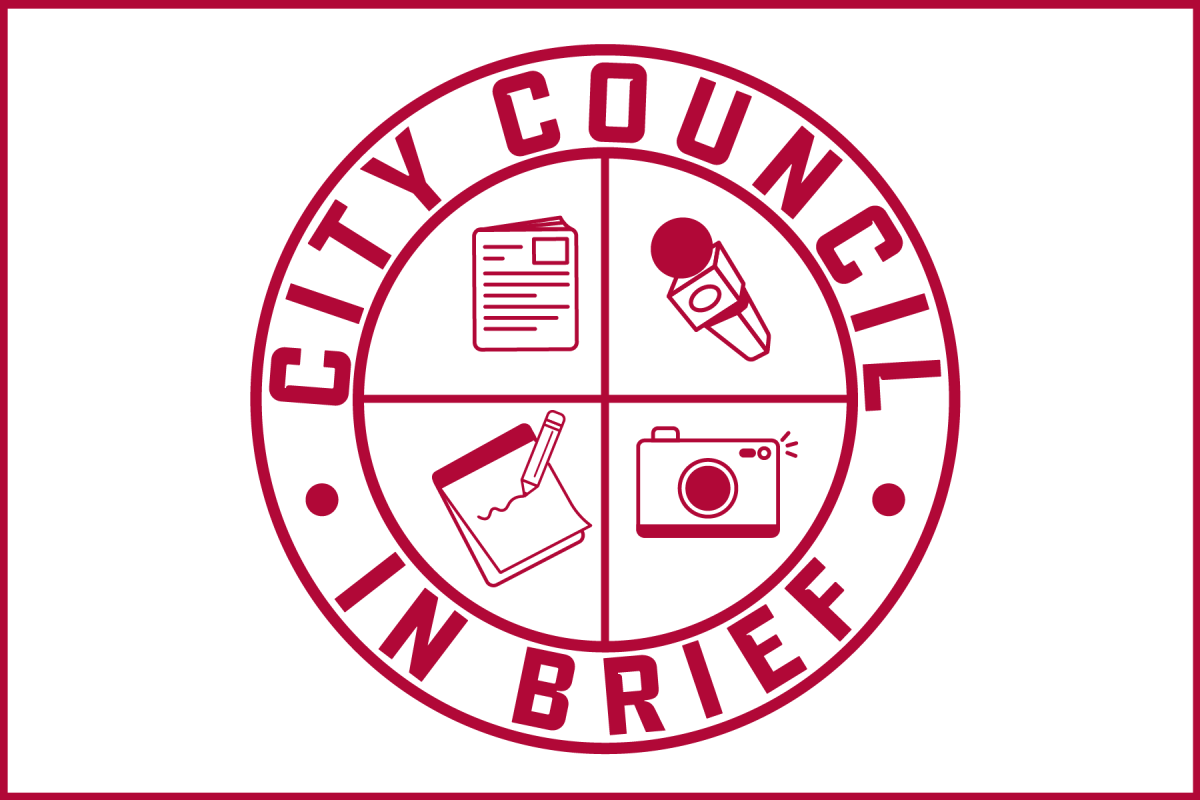On Thursday night Creative Campus and the Crimson White came together to host the opening reception of the Black on Film exhibit.
The exhibit featured past Crimson White newspapers that covered significant events in The University of Alabama’s history, such as the first African American student, Autherine J. Lucy, being admitted to the University.
Photographer Adrian O. Walker’s pictures from his book Our Ferguson, My Lens were also showcased. A native to St. Louis, Walker captured the Ferguson, Mo. protests that followed the shooting of Michael Brown to create his book of photography.
The Crimson White’s archival articles next to Walker’s photos of today’s world served the purpose to make a powerful statement about connecting the past and present.
Isabelle Beauregard, a freshman at the University who attended the exhibit, said she enjoyed “seeing juxtaposed the history of our university with something that is happening in the present with Ferguson and everything that has come after that.”
The exhibit provided an intense experience she said.
“I felt really sad, kind of angry, to see people who are affected very, very deeply by police brutality, by racism, by all these other issues, but also galvanized to continue working on our campus, in the state, and even the country to keep supporting racial equality,” Beauregard said.
The reception was open from 5-8 p.m. and included snacks along with a talk from Walker about his photography and book. The exhibit will run through Feb. 29 in the Ferguson Student Center Art Gallery.
Creative Campus and The Crimson White aim to shed light on the social issues of today’s world.
Tiana Constance Raimist, a Creative Campus intern, hopes that “people can see a side of a community that really doesn’t get a whole lot of face time and really could use the face time, whether it’s poverty, or misrepresentation, or police brutality. I want to bring coverage and people to that community.”



